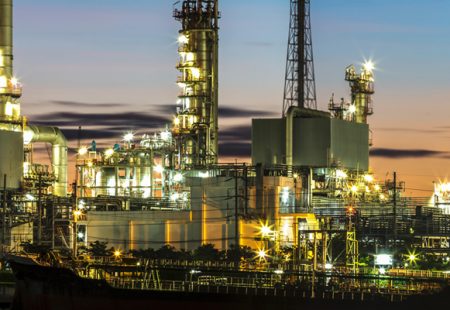- Home
- About
- Training Courses
- ASME Courses
- API Courses
- API 510 Pressure Vessel
- API 570 Process Pipework
- API 653 Aboveground Storage Tank
- API 936 Refractory Personnel
- API 580 RBI Online
- API 580 RBI Classroom *New*
- API 571 Corrosion & Materials Online
- API 571 Corrosion & Materials Classroom *New*
- API 577 Welding Inspection & Metallurgy Online
- API 510 CPD Training
- API 570 CPD Training
- API 1169 Pipeline Construction
- API SIFE Source Inspector Fixed Equipment
- API SIRE Source Inspector Rotating Equipment
- E-Learning
- Technical Courses
- API CPD Recertification
- Training Courses
- Technical Hub
- Virtual Training
- FAQs
- Contact
- Online Training Portal
- Shop

- In: Training | On: Jul 28, 2020
API (SIFE) Pressure Testing Quiz
API (SIFE) PRESSURE TESTING QUIZ
Our API SOURCE INSPECTOR (SIFE) technical quizzes are compiled to give you an insight into the technical coverage of codes and standards included in the SIFE Body of Knowledge.
Try these five quiz questions about the technical aspects of pressure testing. You can find the answers at the end but have a go at them first!
Qu1. Pressure testing of ASME pipework
According to ASME B31.3 terminology, a pressure test using water at 1.5 x MAWP is called a:
a) Proof test
b) Sensitive leak test
c) Hydraulic test
d) Hydrostatic leak test
Qu2. Test pressures
What pressure would be used for a B31.3 hydrostatic leak test on pipework with a design (MAWP) pressure of 500 psi and a maximum design temperature of 800 degF?
a) It can vary, but definitely less than 500psi
b) 650 psi
c) 750 psi
d) Greater than 750 psi
Qu3. Code-specified test pressures
Test pressures listed in ASME pressure equipment codes are ______.
a) Minimum pressures allowed for the test
b) Maximum pressures allowed for the test
c) Allowed a +/- 3% tolerance
d) Allowed a +/- 10% tolerance
Qu 4: Testing of storage tanks
What is the duration of a full hydrostatic test on a large above-ground cylindrical storage tank?
a) 4 hours
b) 8 hours
c) 24 hours
d) 48 hours
Qu5. Pressure testing temperature
The chances of brittle fracture during hydrostatic testing of a pressure equipment component are minimised by performing the test at what temperature?
a) Below MDMT
b) Above the grain transformation temperature
c) Above the FATT transition temperature
d) Below the FATT transition temperature
Here’s the answers:
Qu 1: Answer (d)
General point from B31.3 terminology
Qu 2: Answer (d)
Hydrotests (called a leak test under B31.3) use the S ratio so for 700DegF the pressure would be higher than 500 x 1.5
Qu 3: Answer (a)
This is the general principle. There are often maximums listed for safety purposes
Qu 4: Answer (c)
Ref API 653
Qu 5: Answer (c)
Above the Ductile-Brittle (Charpy) transition temperature as determined by FATT test. Transformation test is related to Normalising, not impact testing
Testing below MDMT will increase the risk of brittle fracture


